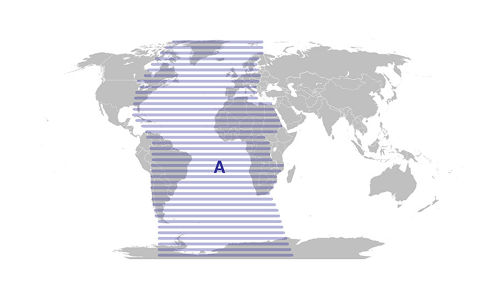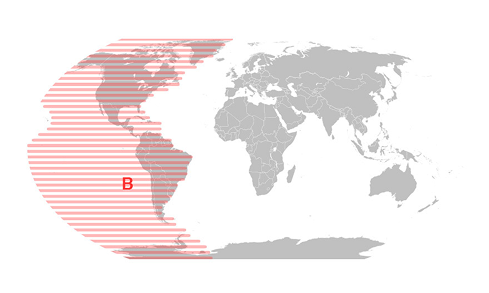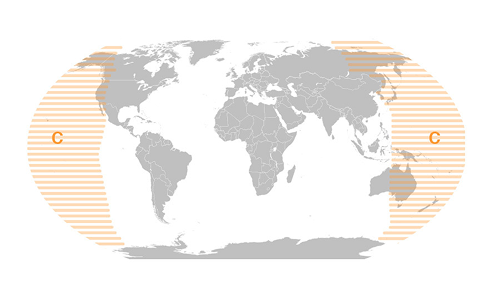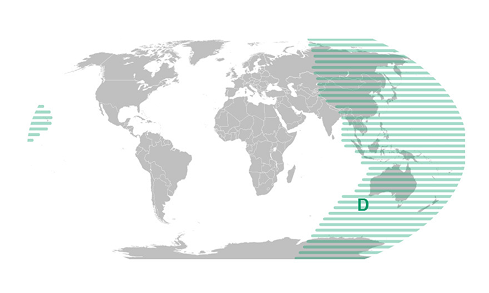Professional Development for Early Care Professionals
The COSC Approach is a two-tier approach to professional development for early care professionals to support secure relationships in the classroom by first equipping educators with learning opportunities and then the application in the classroom through supportive coaching. The COS Classroom Approach to professional learning supports an environment where early care professionals move from behavioral approaches to social emotional learning by seeing the ways attachment needs are communicated through children’s behavior and misbehavior and then finding caring ways to help meet those needs.
Tier 1: COSP Classroom Professional Learning Series
Tier 1: COSP Classroom Professional Learning Series equips early care professionals with learning opportunities, provides a clear model of children’s attachment needs, and highlights the importance of the teacher in responding to these needs. In other words, it makes the theory of attachment accessible. With a COSP Classroom facilitator, early care professionals complete the 8-chapter video-based series which provides a clear model of children’s attachment needs. The learning series also supports educators to look beyond behavioral approaches to seeing the ways attachment needs are communicated by behavior (and often misbehavior). The importance of the teacher as an attachment figure in responding to these needs is highlighted by reflection questions and handouts created specifically for early care professionals.
Tier 2: COSC Coaching
Tier 2: COSC Coaching draws on everything learned in Tier 1. Classroom Coaches offer supportive coaching to early care providers to apply the learning from Tier 1 into the classroom. Building on reflective consultation, classroom coaching addresses the needs of both individual children and classroom structures and procedures.
Through regular coaching sessions, coaches support early care providers to use the Circle of Security to identify children who are struggling to develop secure connections with their teachers, clarify the specific relational pattern that is interfering with the connection, and develop a plan to respond to each child’s attachment needs. The COSC Approach follows an evidence-based coaching framework put forth by the Office of Head Start.
Use our Facilitator Directory to connect with COSP Classroom Facilitators and COSC Coaches near you.
Specialized Classroom Training for COSP Facilitators
The COS Classroom Approach requires COSP Facilitators to take additional training to effectively implement its two-tier model in early care settings.
Tier 1 COSP Classroom Facilitator Training
The COSP Classroom Facilitator Course is an online asynchronous training that utilizes theory and knowledge of human behavior from attachment theory, social learning, family systems theory, and early childhood development. It prepares Registered COSP Facilitators to deliver COSP Classroom and bring to early care professionals the knowledge, practice, and skills of young children’s social-emotional developmental needs into group care settings.
Three Keys to Bringing COSP to Early Care Professionals:
1. Make it Personal
COSP is specifically designed to engage each participant's attachment system. For any carer, the surest way to get them experiencing what COSP has to offer is to have them focus on their own experience within close relationships, either as a parent and their relationships with their own children or in other close personal relationships. It may seem counterintuitive that early care professionals should focus on themselves personally in relationship (rather than their "professional self") but we're so convinced that filtering the COSP program through the personal lens is critical, that we've written this into our contract for Registered COSP Facilitators.
2. Teachers as Attachment Figures
There are some common misperceptions of attachment. First, that attachment is an absolute state characteristic of the relationship to the mother. Or that it’s only in the child, or only in the parent. But in fact, we know that it’s in the relationship. And that it happens with more than one relationship. The study of attachment is about that child, that someone, and how they are together. Being an attachment figure is integral to the job of parenting yes, but are teachers attachment figures?
Attachment relationships are hierarchical. When available, children will always pick their number one person to turn to. But when that number one person isn’t available, the child can’t suspend their need for their go-to-person. Just like we don’t wear a seatbelt only on the days when we have an accident, children always need an attachment person there, just in case. If young children go to school and don’t have that just in case person, it’s hard to learn.
Teachers are not parents, that’s true. And so, for a teacher, being an attachment figure is more a choice to the job. So that’s why as facilitators there needs to be an emphasis that it’s to the advantage of the teacher to be an attachment figure. These conversations can be difficult and the COSP Classroom Facilitator Course offers facilitators ways to explore these topics with confidence.
3. A Continuing Commitment
We ask a lot when we ask parents of multiple kids to apply COSP at home. Applying COSP with a classroom full of three-year olds is even more challenging. Not only that, but the degree to which early care settings value and support providers to be creative in prioritizing young children's attachment needs varies widely. We've learned that getting COSP to "take root" in any preschool setting requires more than completing the 8-chapter COSP program. What's needed is a "Circle-informed professional" who can both interface with key leaders in the preschool and meet regularly (following the 8-chapter program) with the teachers. We're now endorsing COSC Coaches.
Tier 2 COS Classroom Coach Training
COSP Classroom Facilitators wanting to coach preschool professionals need further training to become COSC Coaches. This training teaches coaching tools to help educators implement COS concepts, create relationship-friendly classrooms, and understand children's unmet needs behind challenging behaviors using approaches like Primary Groups and Sanctuary Time.
The big picture of Tier 2 with teachers is to look at:
- How to create relationship friendly classroom structures/protocols.
- How to address unmet needs of specific children.
We talk about COS as a behavior translation approach where we translate what seems to be dysfunctional or problematic behavior into communication about unmet needs. In theory this all makes sense, but practically, when a child is pouring the pitcher of milk over another child’s head, it is difficult to sort out the underlying need.
Listen to the teachers in the following video as they use the language of the Circle of Security to organize their understanding of relationship needs of children in the classroom and how it brings clarity to a plan of action to meet those needs.









